Is My Horse Chestnut Sick – Diagnosing Diseases Of Horse Chestnut Trees


Horse chestnut trees are a large type of ornamental shade tree native to the Balkan peninsula. Much loved for their use in landscaping and along roadsides, horse chestnut trees are now widely distributed throughout Europe and North America. In addition to providing welcome shade during the hottest parts of summer, the trees produce large and showy flower blooms. Though relatively simple to grow, there are several common issues which lead to the decline of this plant's health – issues that may cause growers to ask, ‘is my horse chestnut sick?’
What’s Wrong with My Horse Chestnut?
Like many types of trees, diseases of horse chestnut trees may arise due to insect pressure, stress, or less than ideal growing conditions. The severity of horse chestnut diseases may vary greatly depending upon the cause. By familiarizing themselves with signs and symptoms of decline in tree health, growers are better able to treat and prevent disease of horse chestnut trees.
Horse Chestnut Leaf Blight
One of the most common diseases of horse chestnut trees is leaf blight. Leaf blight is a fungal disease which causes large, brownish spots to develop on the tree’s leaves. Often, these brown spots will also be surrounded by yellow discoloration. Wet weather in the spring allows the adequate moisture needed for the fungal spores to spread.
Leaf blight most often results in premature loss of leaves from trees in the fall. While there's no treatment for leaf blight in the home garden, you can help to combat the issue by removing infected leaf litter from the garden. Destroying the infected plant matter will help to better control future leaf blight infections.
Horse Chestnut Leaf Miner
Horse chestnut leaf miner is a type of moth whose larvae feed on horse chestnut trees. The tiny caterpillars create tunnels within the leaves, and eventually cause damage to the plant’s foliage. Though it has not shown to cause serious damage to horse chestnut trees, it may be of some concern, as infected leaves may fall prematurely from trees.
Horse Chestnut Bleeding Canker
Caused by bacteria, bleeding canker of horse chestnuts is a disease that impacts the health and vigor of horse chestnut tree bark. Canker causes the bark of the tree to “bleed” a dark colored secretion. In severe cases, horse chestnut trees may succumb to this disease.
Gardening tips, videos, info and more delivered right to your inbox!
Sign up for the Gardening Know How newsletter today and receive a free copy of our e-book "How to Grow Delicious Tomatoes".

Tonya Barnett has been gardening for 13 years. Flowers are her passion. She has transformed her backyard into a cut flower garden, which she regularly chronicles on her YouTube channel http://www.youtube.com/@tonyawiththeflowers.
-
 8 Noteworthy Native Azaleas Every Gardener Should Know – And Grow!
8 Noteworthy Native Azaleas Every Gardener Should Know – And Grow!Native azaleas offer brilliant blooms in a range of colors and sizes. Here are a few favorites to get inspired and start working on a native shade garden!
-
 Growing Climbing Roses: How To Create Elegant Displays With Maximum Blooms
Growing Climbing Roses: How To Create Elegant Displays With Maximum BloomsMaster the art of growing stunning climbing roses with this essential guide to creating vibrant, fragrant walls and structures all summer long.
-
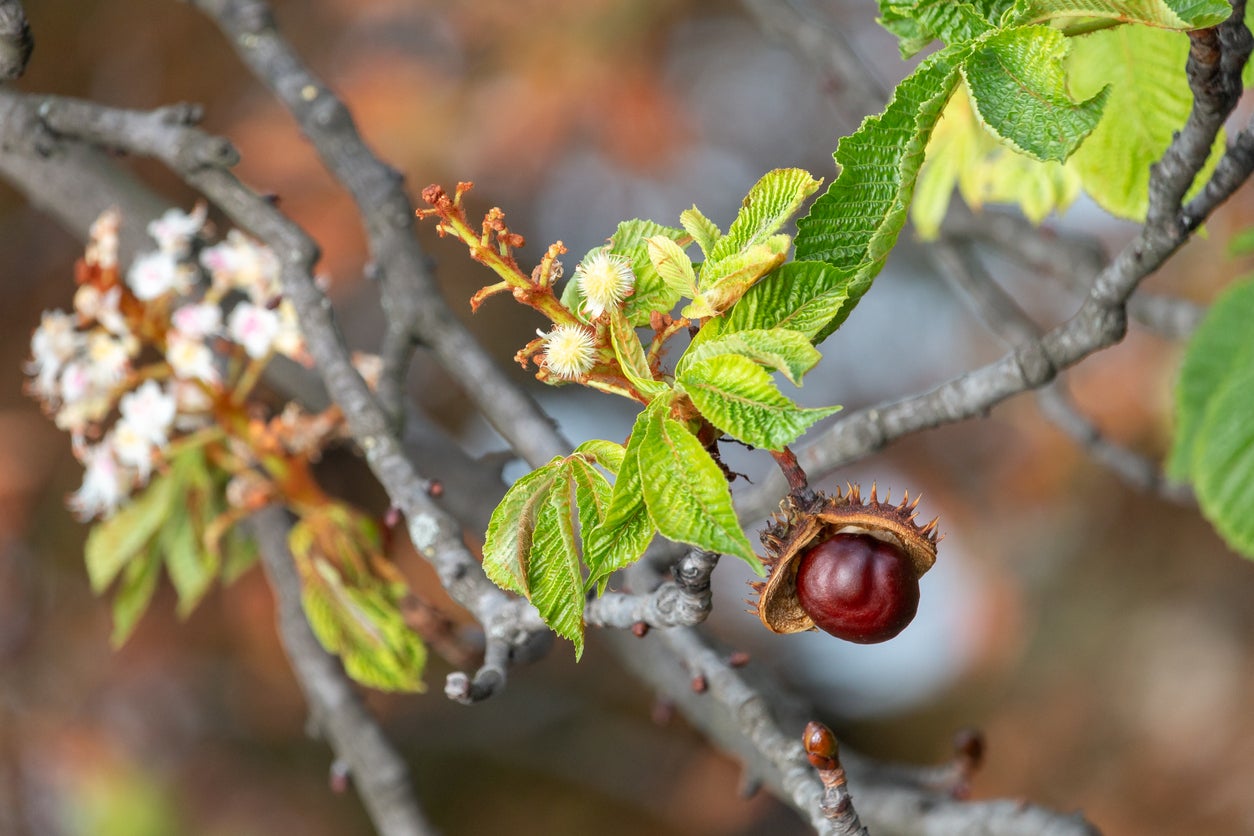 Horse Chestnut Pruning: Should You Cut Back Horse Chestnut Branches
Horse Chestnut Pruning: Should You Cut Back Horse Chestnut BranchesWhat does it take to keep a horse chestnut tree healthy? Do you need to cut back a horse chestnut? The following information on horse chestnut pruning discusses the pros and cons of pruning horse chestnut trees and how to prune them. Click here to learn more.
-
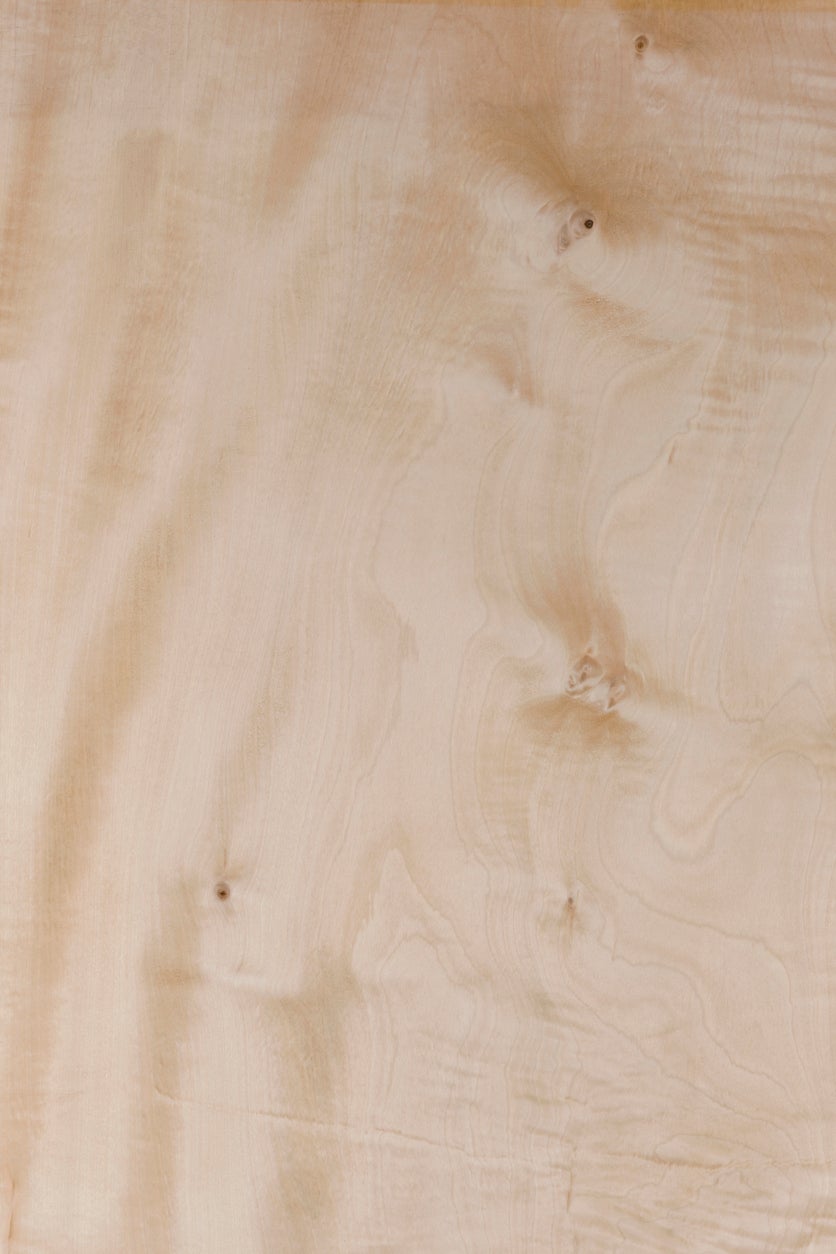 Uses For Horse Chestnut Wood – Building With Horse Chestnut Trees
Uses For Horse Chestnut Wood – Building With Horse Chestnut TreesBuilding with horse chestnut isn’t common because it is a weaker wood compared to others, and doesn’t resist rot well. But, with its creamy color and other desirable characteristics, there are some uses for horse chestnut in woodworking and turning. Learn more here.
-
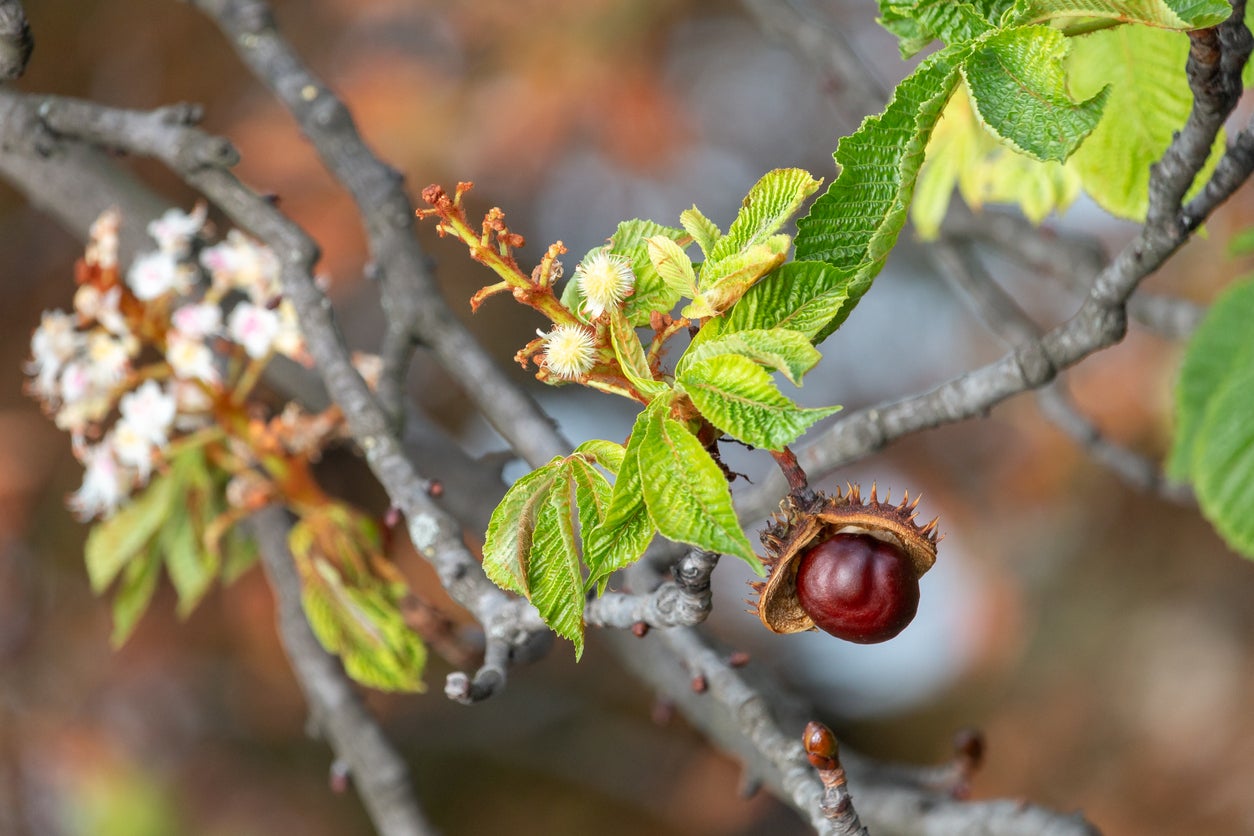 Horse Chestnut Varieties – Are Buckeyes And Horse Chestnuts The Same
Horse Chestnut Varieties – Are Buckeyes And Horse Chestnuts The SameOhio buckeyes and horse chestnuts are closely related but they aren’t the same. Wondering how to tell the difference between buckeyes and horse chestnuts? Learn the distinguishing characteristics of each and more about other Aesculus varieties in this article.
-
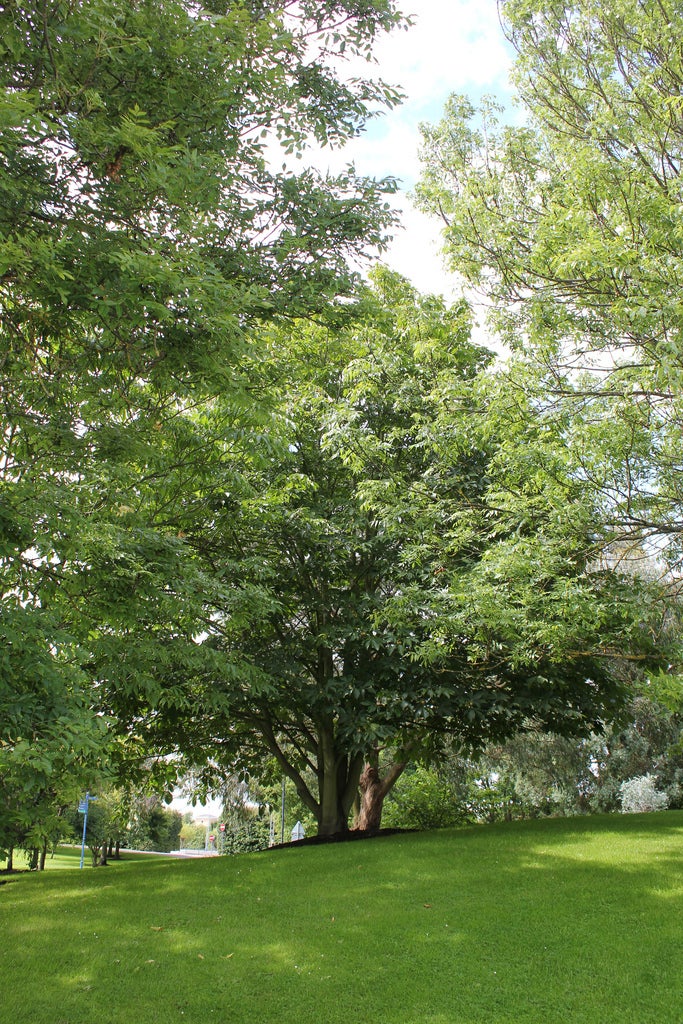 Japanese Horse Chestnut Info: Tips For Growing Japanese Chestnut Trees
Japanese Horse Chestnut Info: Tips For Growing Japanese Chestnut TreesIf you’re looking for a truly spectacular shade tree, look no further than the Turbinata chestnut, also known as the Japanese horse chestnut, tree. Want to learn more? Click on the following article for Japanese horse chestnut info and care for this impressive tree.
-
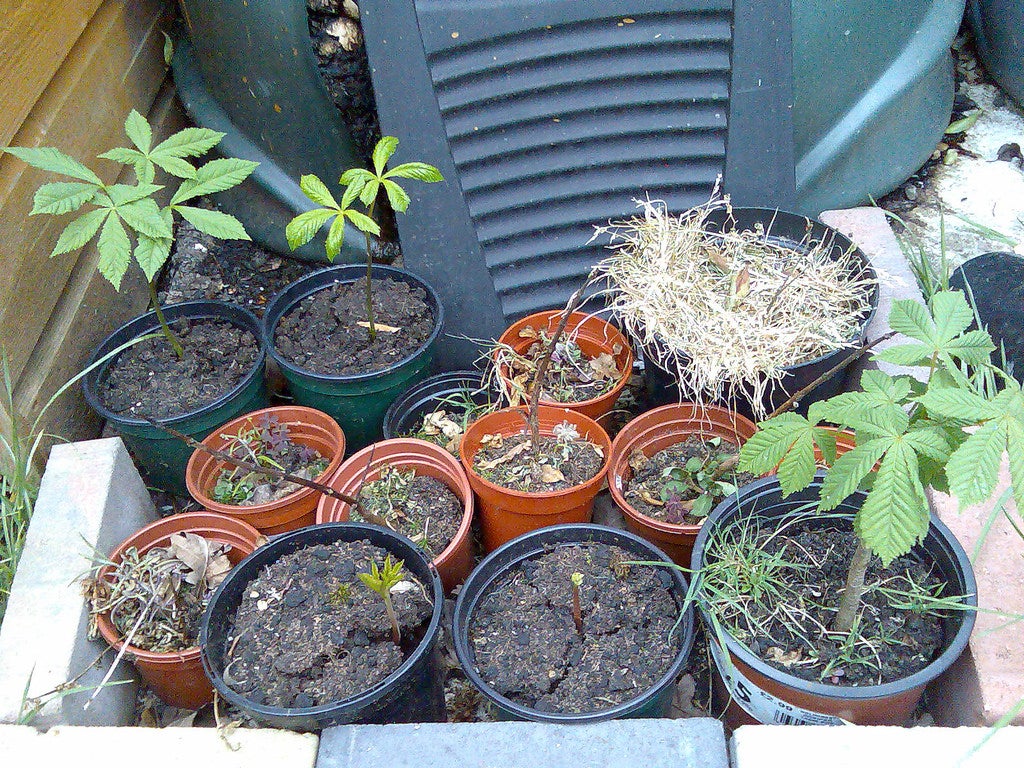 Potted Horse Chestnut Care – Can Horse Chestnut Trees In Containers Survive
Potted Horse Chestnut Care – Can Horse Chestnut Trees In Containers SurviveThe prolific fruit litter from horse chestnuts results in hundreds of intriguing nuts that can be container grown into trees. However, a potted horse chestnut is a short-term solution. Learn more about growing horse chestnuts in containers here.
-
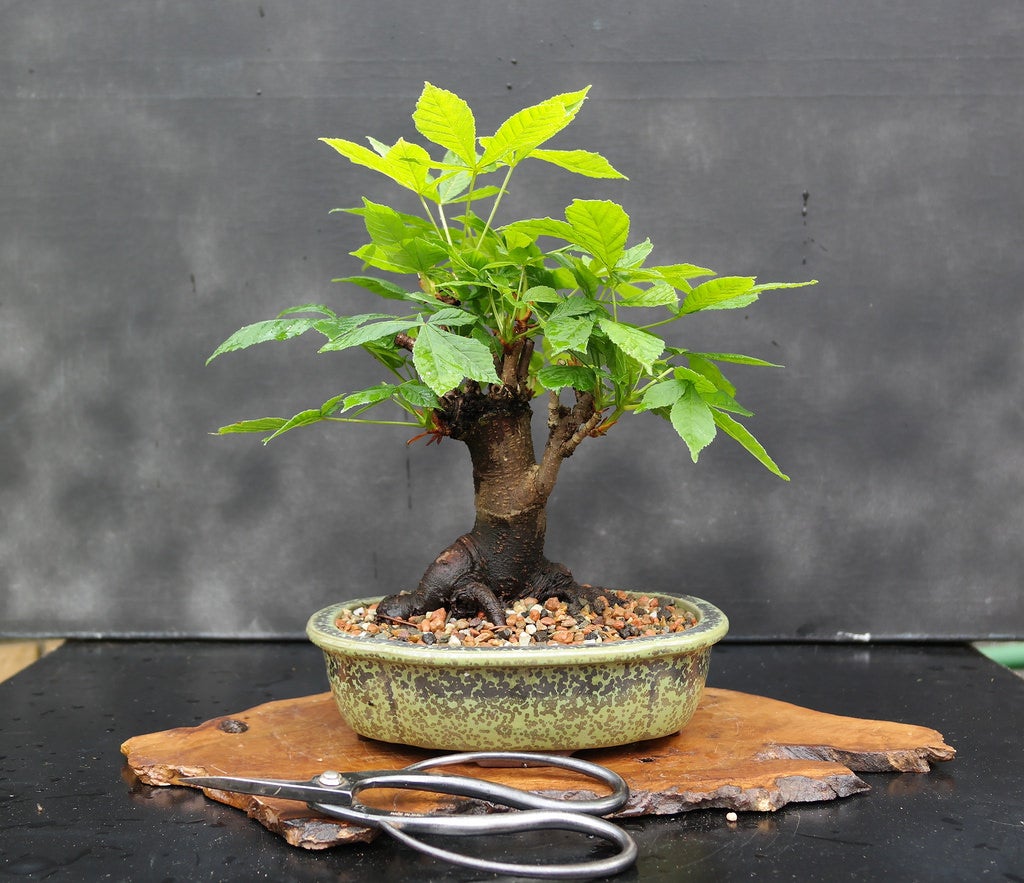 Horse Chestnut Bonsai Plants – Can You Grow A Horse Chestnut Bonsai Tree
Horse Chestnut Bonsai Plants – Can You Grow A Horse Chestnut Bonsai TreeNewcomers to the art of bonsai might have some trepidation about using an expensive specimen for their first attempt. Many native trees can become beautiful bonsai for little cost. Take the horse chestnut, for example. Find out how to grow a horse chestnut bonsai here.
-
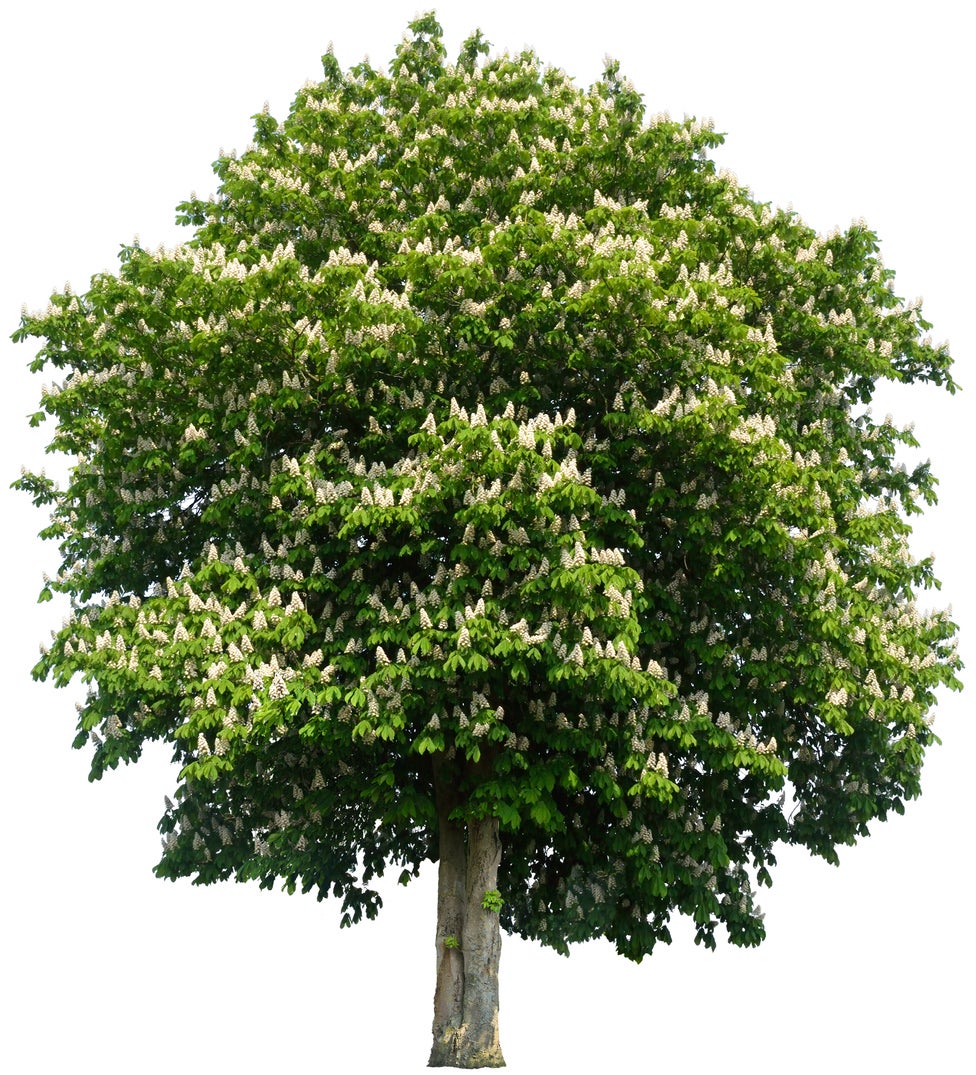 Baumann Horse Chestnut Trees – Care Of Baumann Horse Chestnuts
Baumann Horse Chestnut Trees – Care Of Baumann Horse ChestnutsThe Baumann horse chestnut is an interesting combination of both an attractive flowering tree and one that provides pleasant shade in the summer. Want to see if this tree is a good fit in your landscape? Click here for additional information.
-
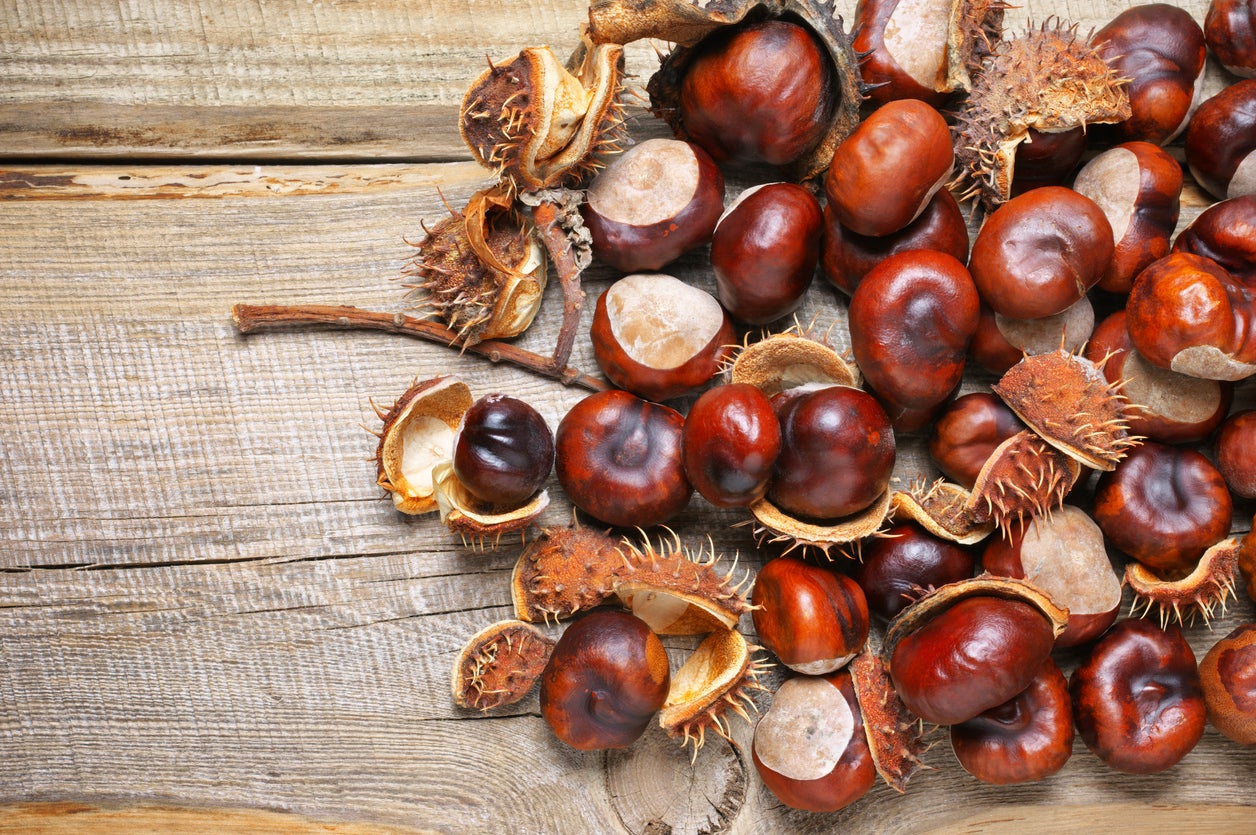 Are Horse Chestnuts Edible: Learn About Toxic Horse Chestnuts
Are Horse Chestnuts Edible: Learn About Toxic Horse ChestnutsWhen you hear the song about chestnuts roasting on an open fire, don’t mistake these nuts for horse chestnuts. Horse chestnuts are a very different nut. Are horse chestnuts edible? They are not and should not be consumed by people, horses, or other livestock. Learn more here.